Introduction Korean Grammar ‘-을 때’
Learning Korean grammar can be challenging, but breaking it down into manageable lessons can make it easier. Today, we will explore the grammar pattern ‘-을 때,’ which is used to indicate when something happens or to describe a specific time or occasion in Korean. This lesson will help you understand and use this form effectively.
Learn Korean with JAEM : Improve your Korean with our app through free lessons and courses. And also, Join our 4-week challenge program to progress from upper-beginner to master level with Native Korean Coaches. Strat to study Korean more!
Our Book: Don’t miss out on our comprehensive book that covers essential Korean language skills and strategies. See our books and study with us! 🙂
AI Writing Practice Program: Enhance your writing skills with JAEM TOPIK, our AI-powered practice program. Get personalized feedback and TOPIK tips to elevate your Korean writing. Study TOPIK writing yourself and get high TOPIK score!
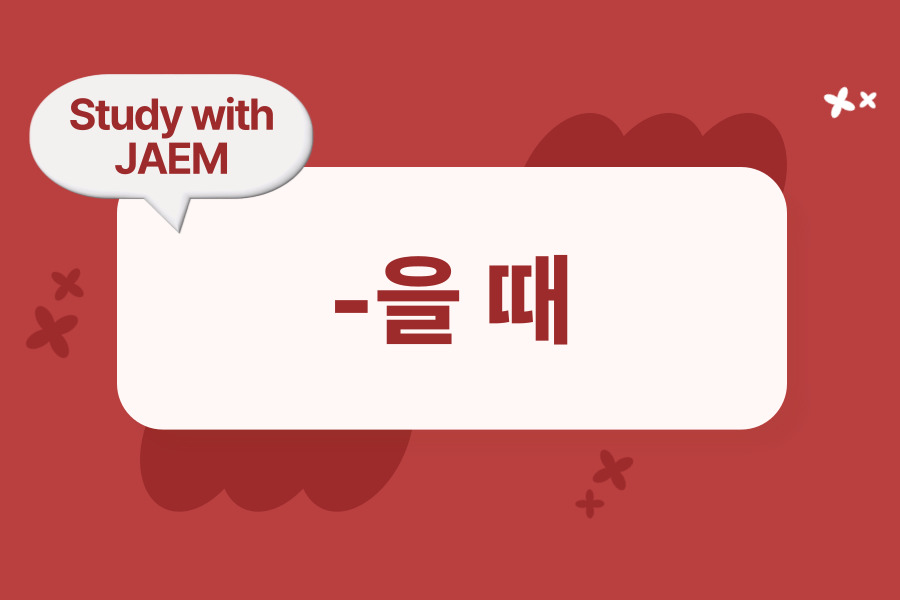
Jump to:
Grammar Explanation
The grammar pattern ‘-을 때’ is used to indicate the time when something happens or to describe a specific occasion. It is similar to saying “when” or “at the time” in English.
Formation:
- For verb stems ending in a consonant, add ‘-을 때.’
- For verb stems ending in a vowel, add ‘-ㄹ 때.’
- For past tense, use ‘-았/었을 때.’
| Speech Form | Form | Example Sentence |
|---|---|---|
| Verb (to go) | 갈 때 | 학교에 갈 때 (When I go to school) |
| Verb (to eat) | 먹을 때 | 밥을 먹을 때 (When I eat a meal) |
| Verb (to read) | 읽을 때 | 책을 읽을 때 (When I read a book) |
| Past (to see) | 봤을 때 | 영화를 봤을 때 (When I watched a movie) |
Examples
Indicating Time with ‘-을 때’:
- 가다 (to go)
- 갈 때 = When (someone) goes
- 학교에 갈 때 = When I go to school.
- 먹다 (to eat)
- 먹을 때 = When (someone) eats
- 밥을 먹을 때 = When I eat a meal.
- 읽다 (to read)
- 읽을 때 = When (someone) reads
- 책을 읽을 때 = When I read a book.
- 공부하다 (to study)
- 공부할 때 = When (someone) studies
- 도서관에서 공부할 때 = When I study at the library.
Describing Specific Occasions with ‘-을 때’:
- 비가 오다 (to rain)
- 비가 올 때 = When it rains
- 비가 올 때 집에 있어요 = When it rains, I stay at home.
- 친구를 만나다 (to meet a friend)
- 친구를 만날 때 = When (someone) meets a friend
- 친구를 만날 때 기뻐요 = When I meet a friend, I am happy.
- 영화를 보다 (to watch a movie)
- 영화를 볼 때 = When (someone) watches a movie
- 영화를 볼 때 즐거워요 = When I watch a movie, I am happy.
- 운동하다 (to exercise)
- 운동할 때 = When (someone) exercises
- 운동할 때 피곤해요 = When I exercise, I get tired.
Using Past Tense with ‘-았/었을 때’:
- 보다 (to see)
- 봤을 때 = When (someone) saw
- 그 영화를 봤을 때 울었어요 = When I watched that movie, I cried.
- 만나다 (to meet)
- 만났을 때 = When (someone) met
- 처음 만났을 때 기억나요 = I remember when we first met.
- 먹다 (to eat)
- 먹었을 때 = When (someone) ate
- 그 음식을 먹었을 때 맛있었어요 = When I ate that food, it was delicious.
- 가다 (to go)
- 갔을 때 = When (someone) went
- 한국에 갔을 때 재미있었어요 = When I went to Korea, it was fun.
Usage in Context
When using ‘-을 때’ in different contexts, it emphasizes the time or occasion when something happens.
Describing Daily Activities:
- 아침에 일어날 때 기분이 좋아요 = When I wake up in the morning, I feel good.
- 점심을 먹을 때 친구랑 이야기해요 = When I eat lunch, I talk with my friend.
- 밤에 잘 때 음악을 들어요 = When I sleep at night, I listen to music.
- 집에 돌아갈 때 조심하세요 = Be careful when you go back home.
Describing Special Events:
- 생일을 축하할 때 케이크를 먹어요 = When we celebrate a birthday, we eat cake.
- 휴가를 갈 때 사진을 많이 찍어요 = When I go on vacation, I take a lot of pictures.
- 시험을 볼 때 긴장돼요 = When I take an exam, I get nervous.
- 졸업할 때 기뻤어요 = When I graduated, I was happy.
Using Past Experiences:
- 처음 만났을 때 어땠어요? = How was it when you first met?
- 어렸을 때 자주 놀았어요 = When I was young, I often played.
- 여행했을 때 많은 것을 배웠어요 = When I traveled, I learned a lot.
- 한국에 갔을 때 한국 음식을 많이 먹었어요 = When I went to Korea, I ate a lot of Korean food.
Cultural Insight: In Korean culture, specifying the time or occasion when something happens using ‘-을 때’ helps provide context and clarity in conversations. It is commonly used in both daily activities and special events to convey when something occurred or will occur.
Common Mistakes
Common Mistakes:
- Incorrect: 학교에 가때 (missing the final consonant or vowel ending)
- Correct: 학교에 갈 때 = When I go to school.
Mistake Explanation: Ensure that the correct form ‘-을 때’ or ‘-ㄹ 때’ is used based on whether the verb stem ends in a consonant or vowel.
Related Grammar Points
Explore these related grammar points to deepen your understanding:
- -면서: To indicate simultaneous actions.
- -ㄹ 때마다: To express “whenever” or “every time.”
- -기 전에: To express “before.”
- -고 나서: To express “after.”
Practice Exercises
Practice Makes Perfect!
- Exercise 1: Conjugate the following verbs using ‘-을 때.’
- 가다 (to go)
- 먹다 (to eat)
- 읽다 (to read)
- 공부하다 (to study)
Answer Key:
- 갈 때
- 먹을 때
- 읽을 때
- 공부할 때
- Exercise 2: Create sentences using ‘-을 때’ for the following situations:
- When I go to school
- When I eat a meal
- When I read a book
- When I study at the library
Answer Key:
- 학교에 갈 때
- 밥을 먹을 때
- 책을 읽을 때
- 도서관에서 공부할 때
Download the workbook for more exercises and practice.
Summary and Conclusion
Today, we covered the grammar point ‘-을 때’ and how to use it to indicate the time or occasion when something happens in Korean. This pattern is essential for providing context and clarity in conversations about daily activities and special events. Continue practicing with our workbook and check out related lessons for more in-depth learning.
f you have any questions or suggestions, feel free to comment below. Happy learning!
Learn Real Korean with JAEM!
Learn Korean with JAEM Korean App & 4-week Challenge: Discover the best way to learn real Korean with our comprehensive app. Enjoy a wide variety of free lessons and courses designed to help you master the language. Also, our unique 4-week challenge program guides you from an upper-beginner level to a master course, all under the guidance of Native Korean Coaches. Whether you’re just starting out or looking to refine your skills, this program offers an effective path to fluency.
AI Korean Writing Practice Program: Take your Korean writing to the next level with JAEM TOPIK, our innovative AI writing practice program. This service provides personalized feedback and practical tips tailored to your learning needs. With a focus on improving your Korean writing, JAEM TOPIK also offers specific strategies for excelling in the TOPIK exam. Benefit from expert insights and targeted advice to enhance your proficiency and confidence in writing.
Our Book: Additionally, explore our comprehensive book that covers essential Korean language skills and strategies. This valuable resource complements our app and AI program, providing a holistic approach to mastering Korean.
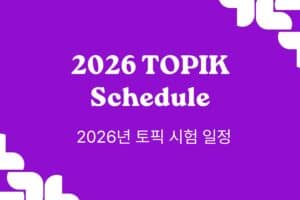
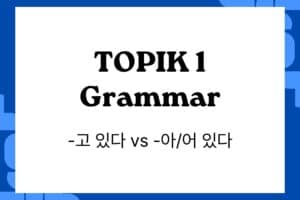
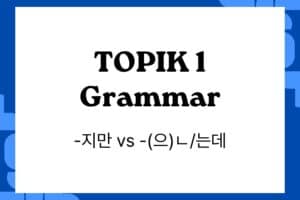
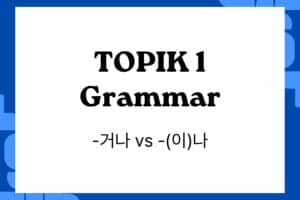
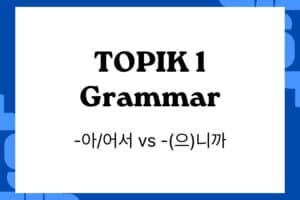
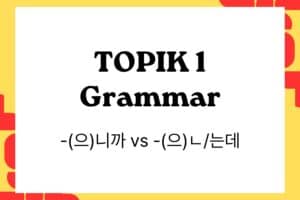
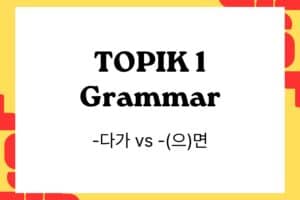
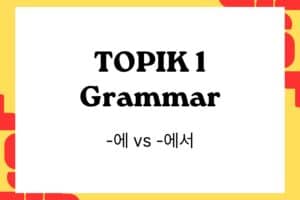
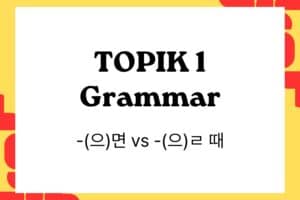

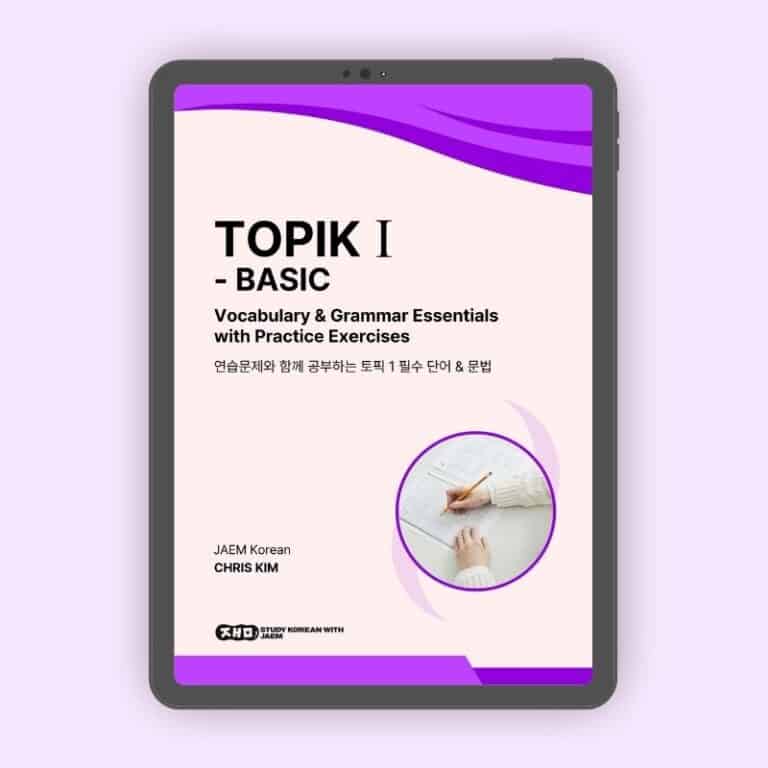
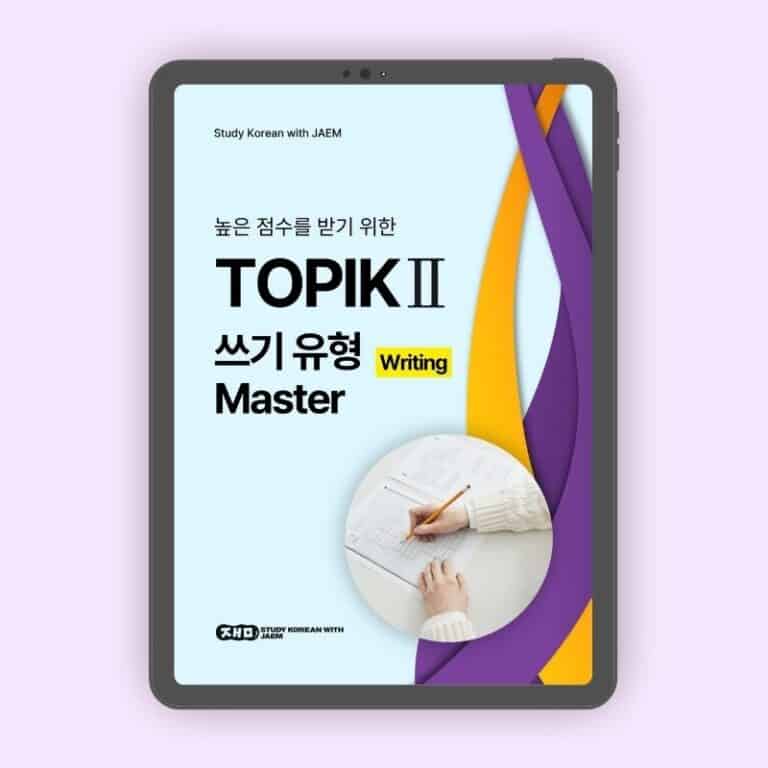
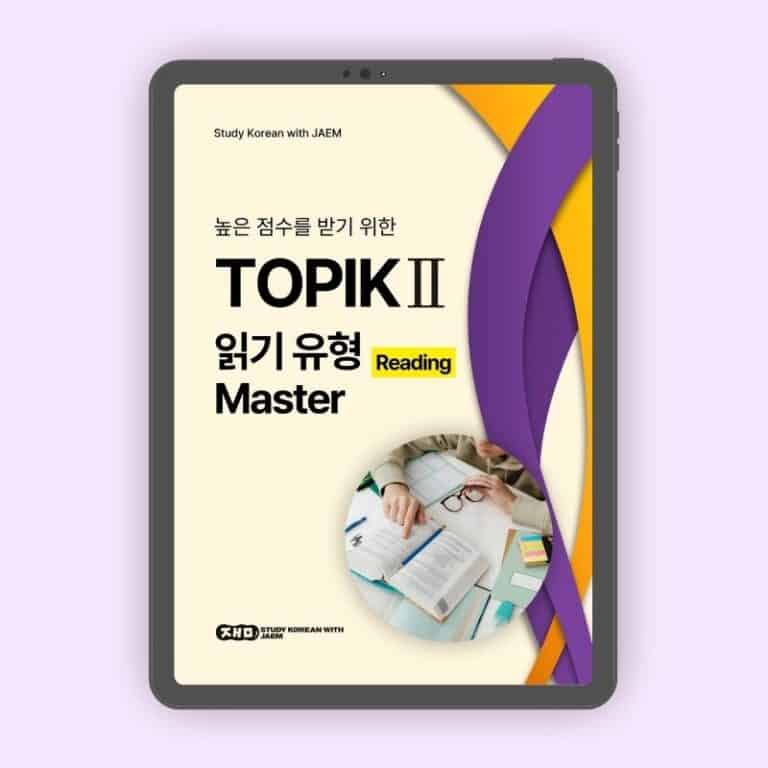
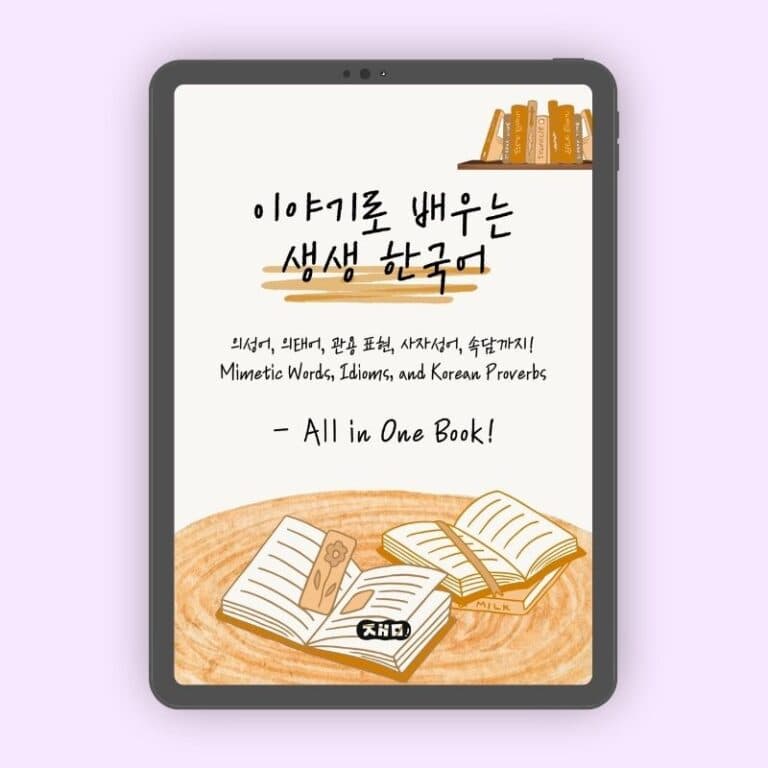
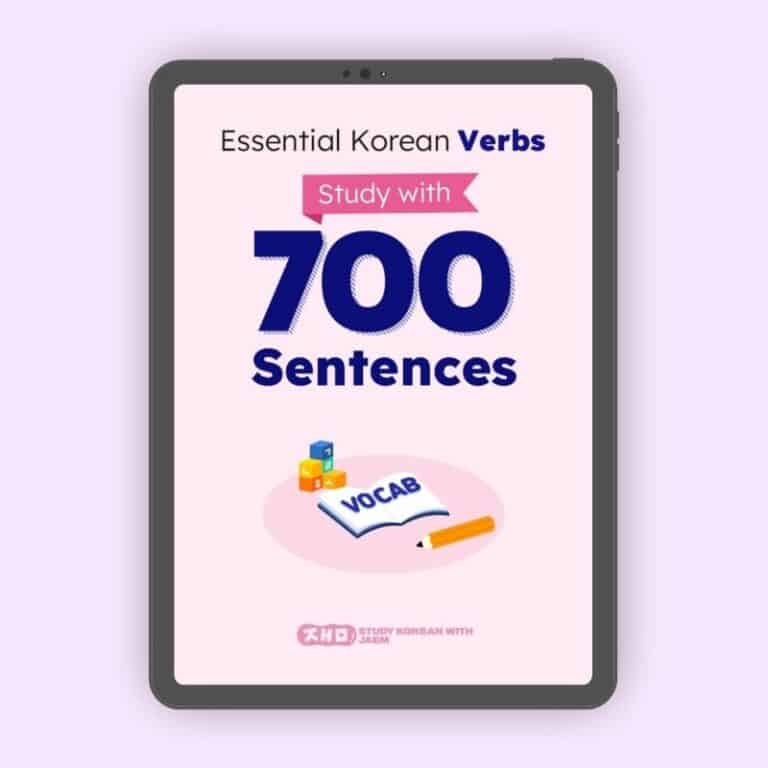
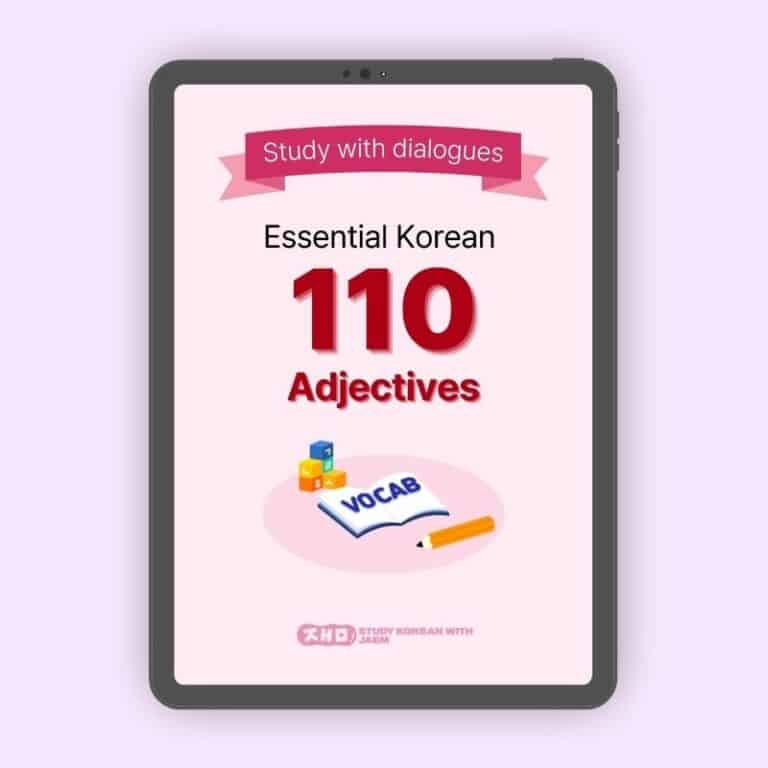
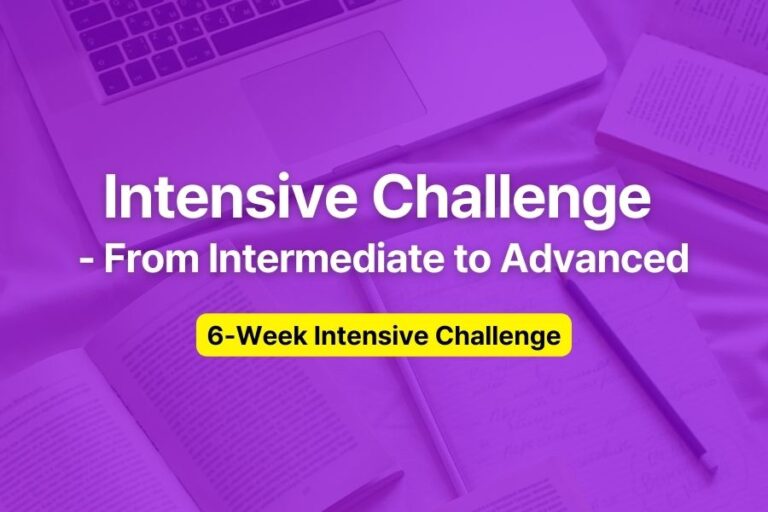
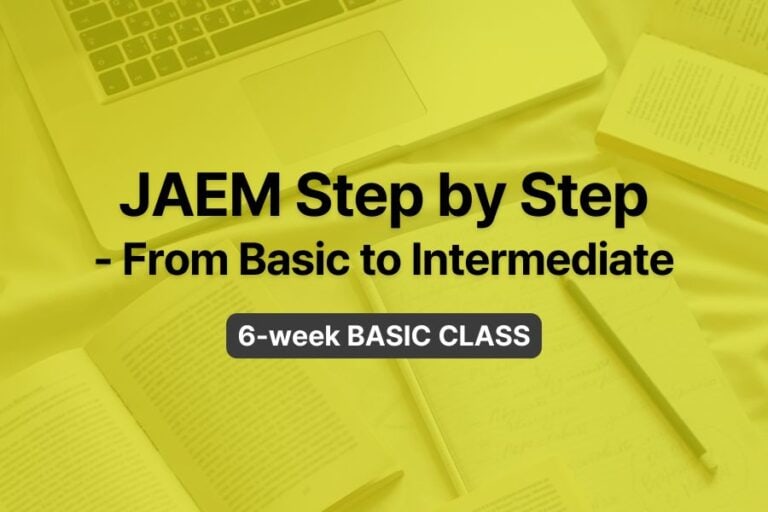
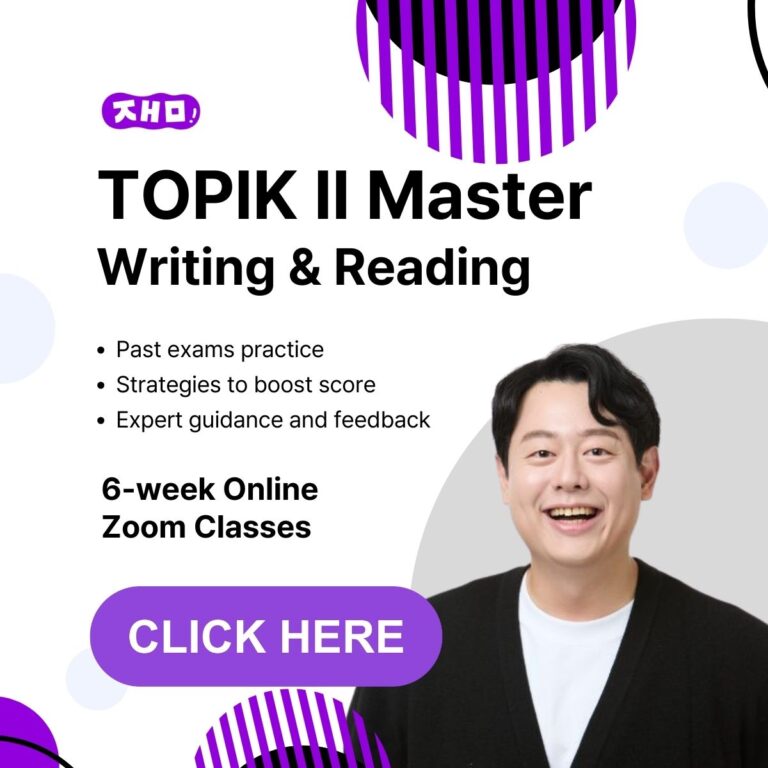
Responses